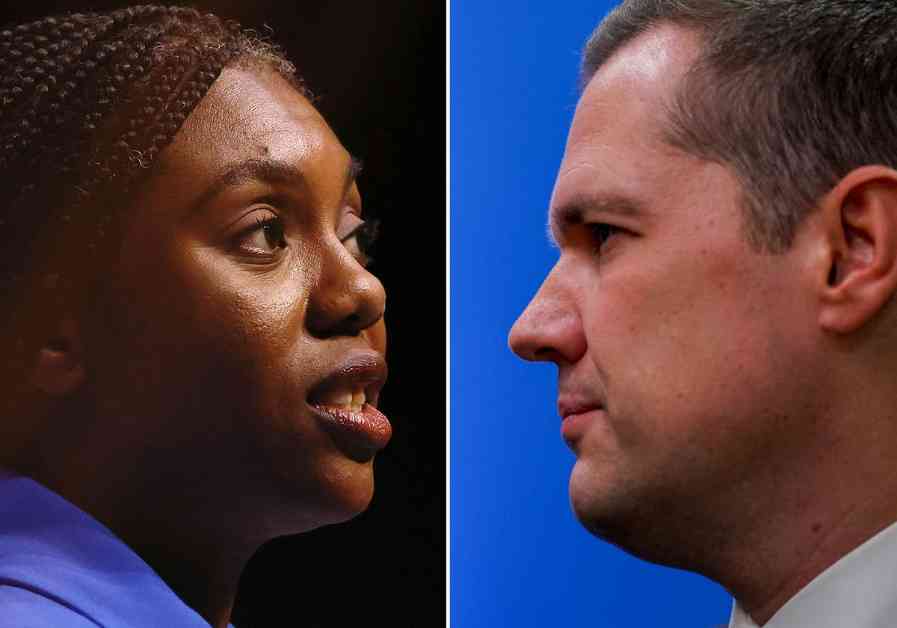The recent Tory leadership race saw Robert Jenrick’s team strategically outsmart supporters of James Cleverly to secure a spot in the top two alongside Kemi Badenoch. The tight race came down to the wire, with Jenrick’s team executing a ruthless operation to secure crucial votes.
The operation involved targeting Cleverly supporters who held animosity towards Badenoch, persuading them to lend their votes to Jenrick instead. This tactic, combined with efforts to win over votes from the eliminated candidate Tom Tugendhat, proved to be successful in securing Jenrick’s position in the final face-off.
Despite initial uncertainty and panic among Cleverly supporters, the final results revealed Jenrick with 41 votes, edging out Cleverly who had 37 votes. The strategic maneuvering by Jenrick’s team, led by key figures such as Danny Kruger and Mark Francois, ultimately made the difference in securing his position in the top two.
The intense nature of the race, with last-minute tactical voting and behind-the-scenes operations, highlights the intricacies of party leadership contests. The outcome serves as a reminder of the importance of strategic planning and effective communication in navigating such high-stakes political competitions.
As the race moves forward to the final face-off between Jenrick and Badenoch, the dynamics of the contest are sure to continue evolving. The behind-the-scenes insights into the strategic maneuvers of each candidate’s team provide a glimpse into the competitive nature of political leadership battles.
Overall, the Tory leadership race has showcased the strategic prowess and determination of Robert Jenrick’s team in securing a coveted position in the top two. The culmination of intense campaigning, tactical voting, and relentless persuasion underscores the complexity of party politics and the lengths to which candidates and their supporters will go to secure victory.












